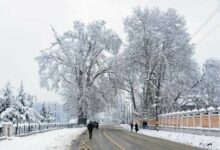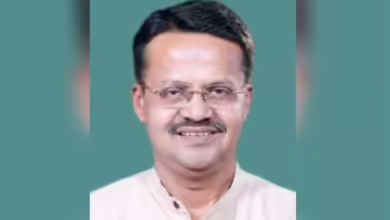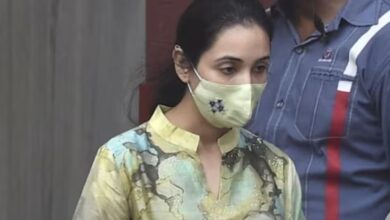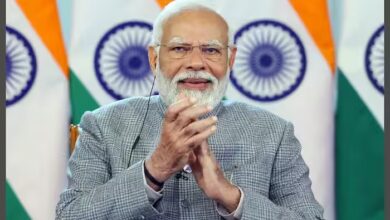Lok Sabha Elections 2024: List of Parties That Left I.N.D.I.A Bloc, From Nitish’s JDU to Pallavi’s Apna Dal
Lok Sabha elections 2024: Over the course of the election season, the nation’s political climate saw a number of changes. Before the crucial Lok Sabha elections, the two main coalitions—the Indian National Developmental Inclusive Alliance (I.N.D.I.A.) bloc led by the Congress party and the National Democratic Alliance (NDA) led by the Bharatiya Janata Party (BJP)—are doing everything in their power to expand their alliance.

In response to the I.N.D.I.A bloc’s first display of power, the NDA once again demonstrated its unity by boasting up to 38 members in July 2023. However, when the opposition’s recently established alliance in Bengaluru came into being, it had 26 political groups. Over the course of the nine-month voyage, the I.N.D.I.A bloc was dealt many blows. As a matter of fact, in January of this year, Nitish Kumar—who many believe was the driving force behind the alliance and helped to sew it together—left the coalition. The Opposition’s unity was called into doubt by Nitish’s move.
The I.N.D.I.A bloc suffered more damage from Mamata Banerjee, who was the anti-BJP front’s second-biggest face after Nitish. She is, nonetheless, a component of the alliance on the national level but not in the state due to a special arrangement. In Delhi, the Congress makes allies after feuding with Mamata Banerjee’s TMC in Kolkata. Voters will have to decide how much they favour this unusual friend-foe connection in this complex circumstance.
This is the I.N.D.I. list.Those who parted ways with the opposing bloc
JD-U: Nitish Kumar, the chief minister of Bihar and leader of the JD-U, unexpectedly joined the BJP-led NDA. He linked with I.N.D.I.His creation was a bloc, and he moved from state to state uniting anti-BJP parties under a single alliance. Nitish stated he was dissatisfied with Congress’s stance after the party withdrew from the coalition, claiming the establishment attempted to take control of the bloc.
RLD: It was thought that the three parties—Jayant Chaudhary’s Rashtriya Lok Dal, Akhilesh Yadav’s Samajwadi Party, and Congress—may be able to challenge the BJP’s hegemony in Western Uttar Pradesh. However, RLD’s decision to transfer parties altered the political landscape in the area. Given the success of the saffron party in the Lok Sabha election of 2024, the BJP, with the support of the RLD, may now sweep the area.
Apna Dal (Kamerawadi): Pallavi Patel, who was a member of the Samajwadi Party’s alliance just a few days before, broke out from the group and formed an alliance with Asaduddin Owaisi’s AIMIM in Uttar Pradesh in preparation for the impending Lok Sabha elections.
VBA: Due to a disagreement over seat distribution in the state, the Vanchit Bahujan Aghadi (VBA), headed by Prakash Amebdkar, broke away from Maha Vikas Aghadi, a Maharashtra opposition subgroup made up of the Congress, Sharad Pawar’s NCP, and Shiv Sena of Thackeray.
NCP (Ajit Pawar): The party’s head, Ajit Pawar, defeated his uncle and party founder, Sharad Pawar, in court. The loss of Senior Pawar harmed the I.N.D.I.A bloc’s chances of winning the Maharashtra election. After leaving his uncle behind, Ajit Pawar joined the NDA.
Jitan Ram Manjhi, the leader of the Hindustani Awam Morcha (Secular) and a former chief minister of Bihar, joined the NDA last year. For a short while, his party was a member of the I.N.D.I.A. bloc in Bihar.







